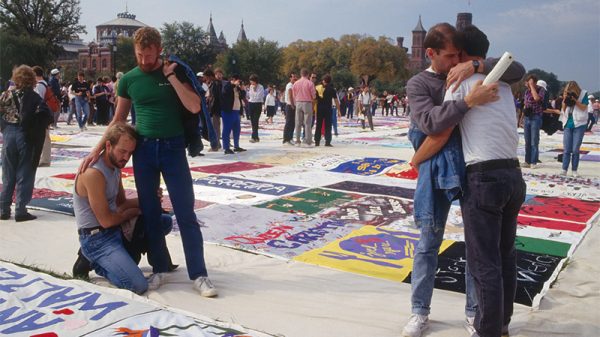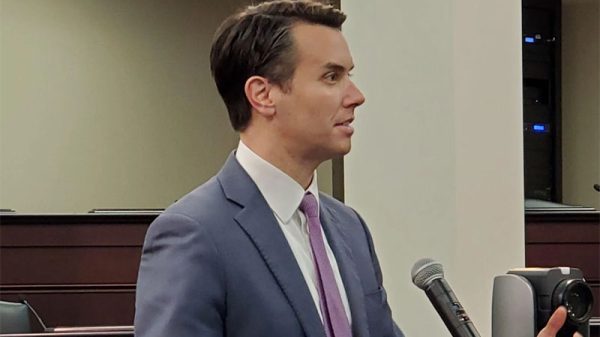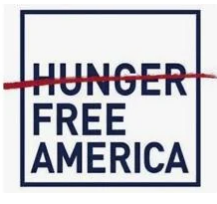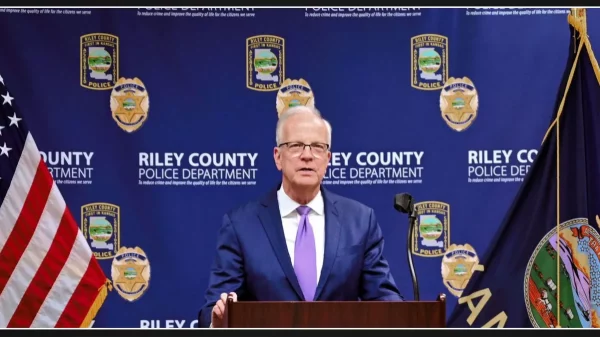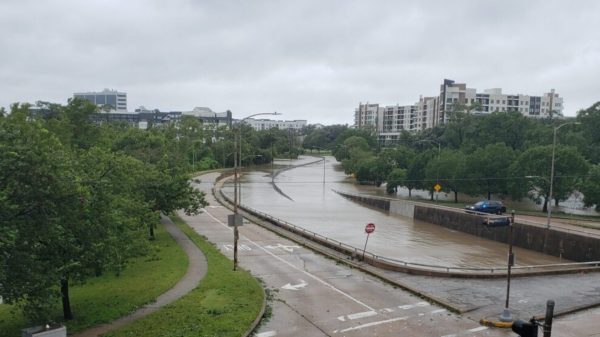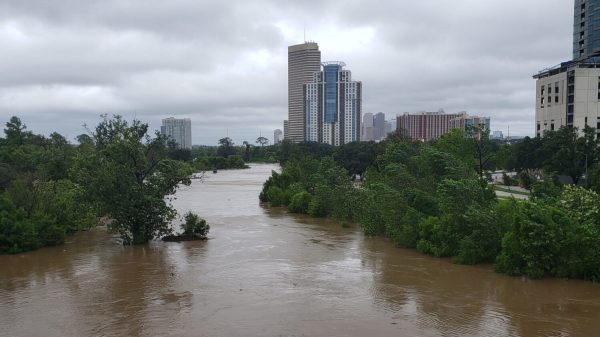
The Bixby Bridge, Pacific Coast Highway
Driving Bixby Bridge sounds dreamy until you actually do it. The reality is a game of dodge-tourist while navigating hairpin turns, fighting for parking spots that don’t exist, and hoping the fog lifts enough to see anything at all.
Here’s what you actually need to know before visiting Big Sur’s famous span.

Fog can roll in and hide the whole bridge quickly
Thick fog can cover Bixby Bridge in just 5-10 minutes without any warning. This happens most often between May and August, when you might not be able to see more than 100 feet ahead. Studies show fog in this area has actually dropped by 33% over the last hundred years.
Locals know to slow down to 25-30 mph when it gets foggy. If you want clear views, try visiting between 11am and 2pm when the fog usually pulls back toward the ocean for a while.

The bridge has much skinnier lanes than you’d expect
Bixby’s road is only 24 feet wide in total, much less than the 32 feet modern bridges have. Each lane is about 11 feet across with tiny 1-foot shoulders on each side. When it was built in 1932, nobody planned for today’s bigger vehicles or the 400,000+ crossings each year.
When you’re driving across, oncoming cars will pass just 2-3 feet away from you. Your side mirrors might seem frighteningly close to passing traffic, especially when big RVs or trucks come from the other direction.

You can’t walk on the bridge (even though many people try)
Despite ‘No Pedestrian’ signs put up in 2018, rangers still give out about 50 tickets every month to people trying to walk across. There are no sidewalks at all, and the car lanes go right up to the edge rails. Since September 2024, you can’t even park along Coast Road anymore.
If you try walking on the bridge, you’ll face a $214 fine that goes up if you do it again. Instead, check out the marked lookout spots, like the northern viewpoint that has info signs about the bridge’s history.

You’ll be driving 260 feet above the canyon floor
When you cross Bixby Bridge, you’re as high as an 18-story building above the creek below. The canyon walls are very steep – between 45 and 60 degrees – with loose, rocky surfaces. Since 2000, three cars have gone over the edge in accidents.
The canyon keeps getting deeper too, with natural erosion cutting it down 6-8 inches every year. While driving across, you’ll have just those small side barriers between your car and the huge drop, which can feel pretty intense.

Traffic often backs up for half a mile or more
Visitor numbers at Bixby Bridge have jumped up 47% since 2018, causing regular traffic jams. On summer weekends between 10am and 4pm, you’ll likely hit slowdowns stretching north for 0.6 miles toward Hurricane Point. During busy times, it takes 7-12 minutes to cross instead of just 45 seconds during quiet periods.
In July and August 2024, traffic completely stopped for over 30 minutes on 18 different days. Make sure you plan extra time, especially if you’re heading to Big Sur village or have reservations somewhere.

The dangerous Bixby Effect
Drivers often suddenly hit their brakes when they first spot the bridge, creating what locals call the ‘Bixby effect.’ Highway Patrol reported 28 rear-end crashes within 500 feet of the bridge approaches just in 2024. First-timers typically slow down 15-20 mph without warning when they see the view.
This happens most between 4-6pm when sunlight makes the bridge look especially dramatic. Keep extra space between you and the car ahead, and watch for tourists making sudden moves toward the viewpoints.

Strong winds can push your car toward the edges
Winds at Bixby Bridge regularly hit 25 mph, with gusts reaching 45-50 mph during winter storms. The bridge’s height and position create a wind tunnel effect that’s strongest in the middle. Wind direction can flip completely within minutes because of how the canyon shapes the air flow.
During strong gusts, your car might feel 200-300 pounds of sideways force pushing against it. Motorcycle riders face the biggest risk, and many have had to pull over when wind nearly pushed them into oncoming traffic.

Once you cross the bridge, you can’t turn around for miles
If you drive south across Bixby Bridge and want to go back, you’ll need to go another 4.7 miles to Hurricane Point before you can turn around. Heading north, you must drive 6.2 miles to near Garrapata State Park for the next turnaround spot. There are only 3 places to pull over within 5 miles of the bridge.
If there’s an accident, emergency vehicles take 22-38 minutes to arrive depending on traffic. Your GPS might show shortcuts nearby, but these are usually private driveways where you can’t go.

You can’t stop along the roadside anymore as of 2024
Since September 2024, parking along Coast Road gets you a $280 ticket, with over 600 people fined in just the first month. These rules came after 41 traffic accidents in 2023 caused by illegal parking. There are now 47 official parking spaces at viewpoints, but they’re usually full by 9:30am on weekends.
Monterey County’s Bridge Protection Plan only allows stopping in five marked areas. If your car blocks emergency routes, it can be towed right away, costing you over $450 to get it back.

Real speeds are way slower than the 55 mph limit signs
Though the speed limit says 55 mph, people actually drive 10-15 mph around Bixby Bridge during daylight hours. Studies from early 2025 found drivers spending about 3.7 minutes to cover a quarter-mile stretch that should take just 16 seconds at normal speeds.
This area ranks as one of California’s most congested non-city highway spots. When you visit, expect to feel like you’re in a slow-moving parking lot rather than on a highway, especially on weekends between 11am and 3pm.

Accidents happen here three times more often than other spots
The one-mile stretch around Bixby Bridge has 3.4 times more crashes per car than similar Pacific Coast Highway sections. Highway Patrol counted 78 reported accidents in 2024, mostly sideswipes and rear-endings.
This area ranks #3 on California’s list of accident-prone scenic spots. Insurance claims here are 41% higher than state averages for car damage. Your risk goes up most in summer (June-August) when tourist traffic peaks and in late afternoon when sun glare becomes an issue.

Morning sun can temporarily blind you while driving
If you’re heading east across Bixby Bridge between 7:30-9:30am from November through February, you’ll face direct sunlight at eye level. During these months, the sun lines up perfectly with the bridge’s direction for about 8-12 minutes each day.
You might not be able to see anything for 3-5 seconds when coming around the northern approach curve. Your car’s sun visors don’t help much at this specific angle. People who drive here regularly often wear special polarized sunglasses during these months and slow down to 20-25 mph in the mornings.

Your cell phone won’t work here if you need help
There’s absolutely no cell service around Bixby Bridge for about 3.2 miles in each direction. None of the big carriers (Verizon, AT&T, T-Mobile) have towers that reach this canyon area. You won’t get a reliable signal until near Garrapata State Park, about 6 miles north.
The emergency call boxes were taken out in 2020 and never replaced. Your GPS and map apps that need cell data will probably stop working in this zone. If you drive through Big Sur often, emergency services suggest bringing satellite communication devices.

Driving Bixby Bridge
You’ll find the bridge on Highway 1 about 13 miles south of Carmel and 18 miles north of Big Sur village. As of April 2025, you can legally park at five spots: Castle Rock pullout (north side, 24 spaces), Hurricane Point overlook (south side, 15 spaces), and three smaller areas along Highway 1 near the bridge approaches.
You can visit anytime unless Highway 1 is closed. Parking is free but limited to 30 minutes during busy times.
Always check Caltrans road conditions before you go, as landslides often close parts of Highway 1, especially during winter months from December to March.
The post The Harsh Reality of Driving Bixby Bridge, Big Sur’s PCH Star appeared first on When In Your State.


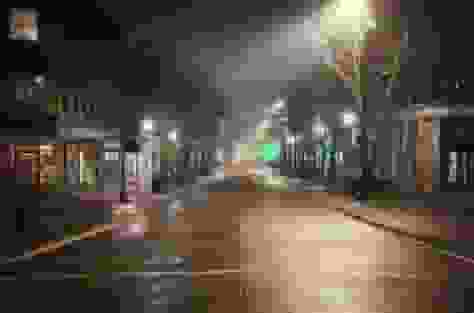

![Tyson Foods Plant [Photo: Food Manufacturing]](https://southarkansassun.com/wp-content/uploads/2023/08/iStock_1185520857__1_.5e441daa51cca-600x337.jpg)


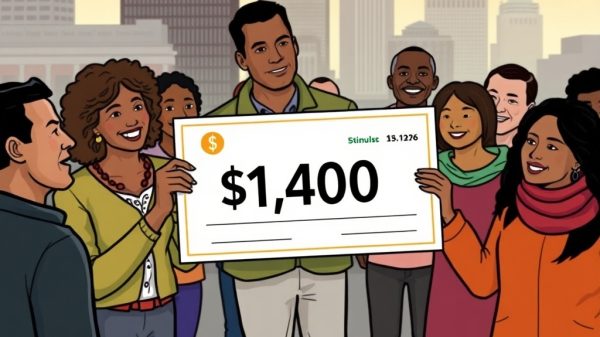
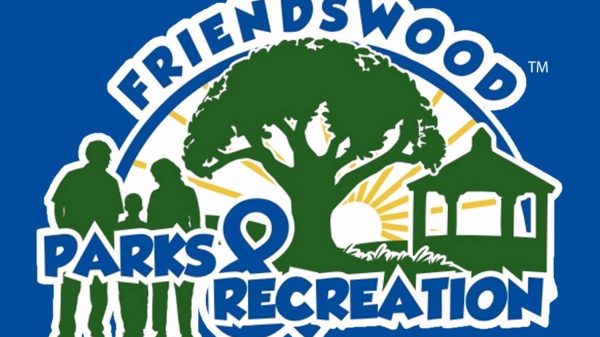
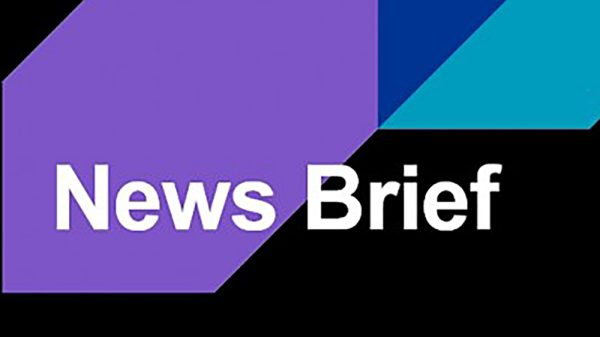
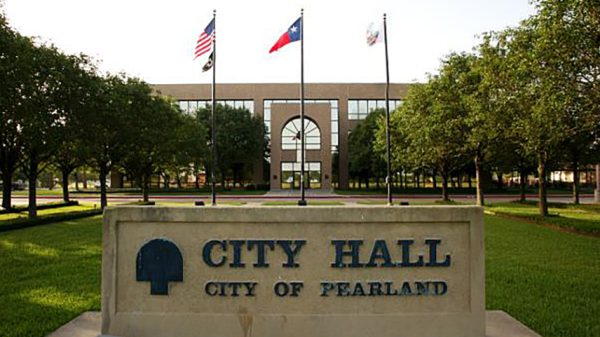

![Silverado Senior Living Management Inc. [Photo: Los Angeles Times]](https://southarkansassun.com/wp-content/uploads/2023/10/download-6-4-600x337.jpg)

![China's Wuhan Institute of Virology [Photo: Nature]](https://southarkansassun.com/wp-content/uploads/2023/09/d41586-021-01529-3_19239608-600x337.jpg)


